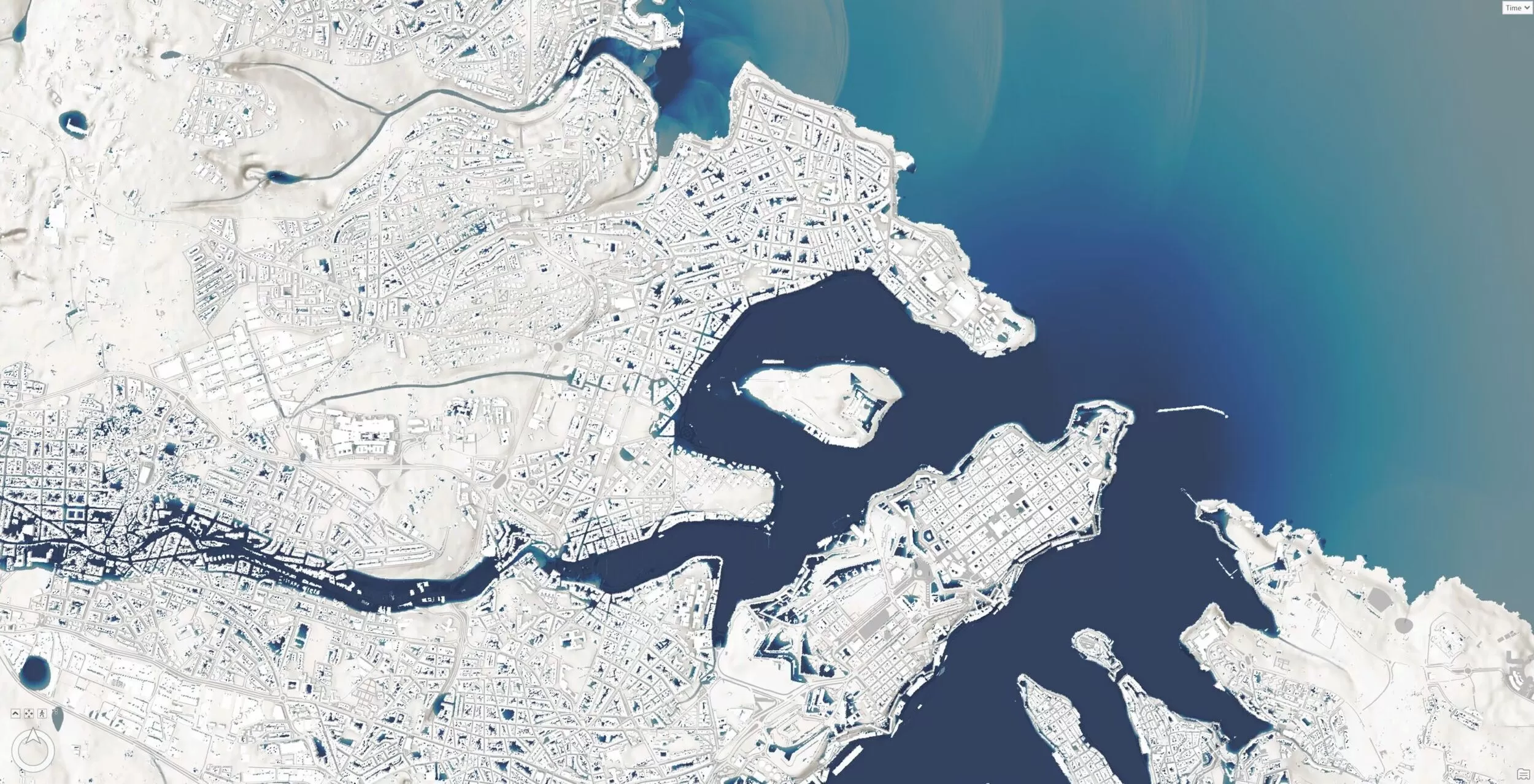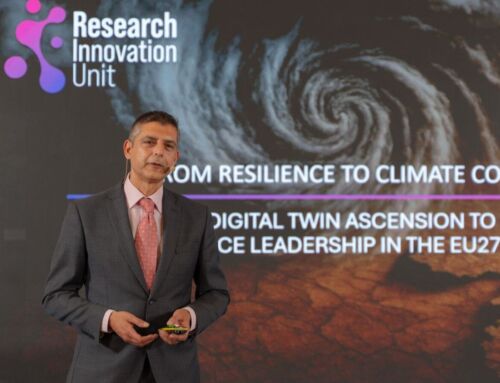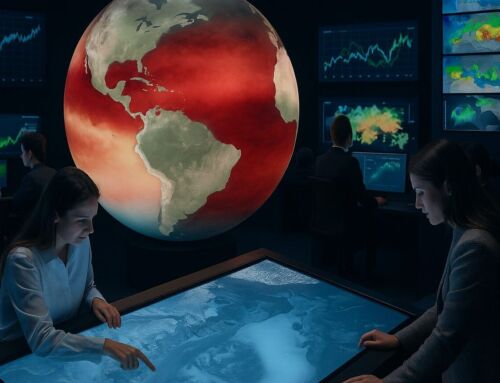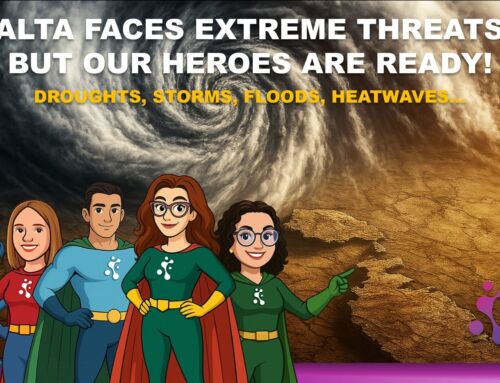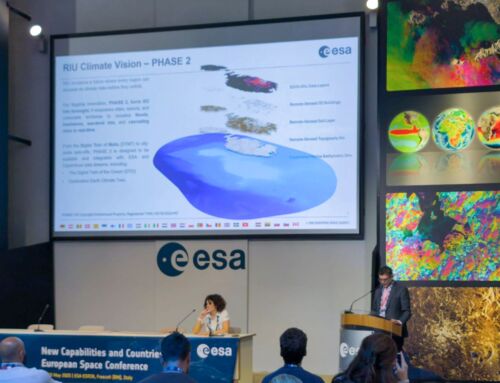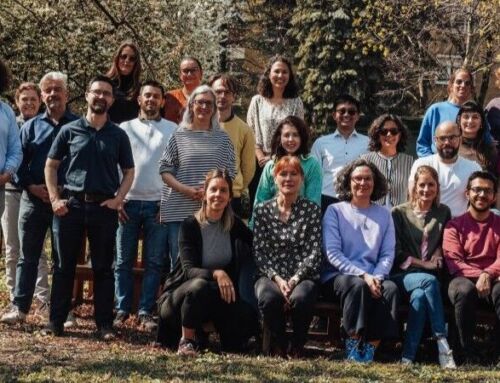On 6 February 2025, the Research Innovation Unit (RIU) achieved a major operational milestone by deploying the PHASE 2 engine, a proprietary innovation developed by Fabian Borg, to simulate the impacts of Medicane Helios, one of the most complex climate events to affect the central Mediterranean in recent years.
This beta deployment successfully modelled storm surge, coastal flooding, and urban inundation in real-time using PHASE 2’s hyper-adaptive simulation framework, representing a leap forward in digital twin applications for Mediterranean microstates.
A Digital Storm Surge Laboratory
Medicanes (Mediterranean hurricanes) are intensifying due to warming sea surfaces and shifting climate dynamics. PHASE 2 confronts the challenge head-on by simulating their multi-hazard nature using high-resolution inputs and open-source science.
The Medicane Helios simulation featured:
- Dynamic storm surge propagation, calibrated to Malta’s coastal profile
- Urban flooding forecasts at sub-district scale
- Live visualisation of wind pressure gradients and precipitation bands
- Scenario testing for infrastructure failure, sewer overload, and traffic disruption
Helios was selected for its severe cross-sectoral impacts, a true stress test for PHASE 2’s adaptive modelling capabilities.
Why This Matters
This was the first time Malta simulated a Medicane using a sovereign digital twin engine built independently by a national expert. PHASE 2, developed by Fabian Borg, provided the technical foundation to simulate complex storm events using local datasets, national elevation models, and multisource satellite data — empowering:
- Civil Protection to identify high-risk zones before impact
- Urban Planners to assess drainage weaknesses
- Local Councils to visualise community vulnerability
- Policy Leaders to base adaptation funding on real data
The Engine Behind the Simulation
The PHASE 2 Beta simulation drew on:
- A real-time hydrodynamic model built on open-source scientific computing libraries
- Digital terrain and coastal datasets processed with GPU acceleration
- ERA5 reanalysis and Sentinel archives to drive storm dynamics
- Preliminary integration with AI-based nowcasting tools for future forecasting
A Model for the Region
By simulating Medicane Helios through PHASE 2, Malta proved that small island states can build and own advanced climate intelligence systems without dependence on black-box solutions. This work has drawn interest from partners including ESA, DG CLIMA, and Destination Earth, all exploring how the model could support broader Mediterranean preparedness.
What’s Next
The Helios simulation marks the beginning of a larger rollout of PHASE 2 applications:
- A catalogue of simulated extreme weather events
- Integration with national emergency alerting systems
- Support for a regional Climate Command framework for microstates

